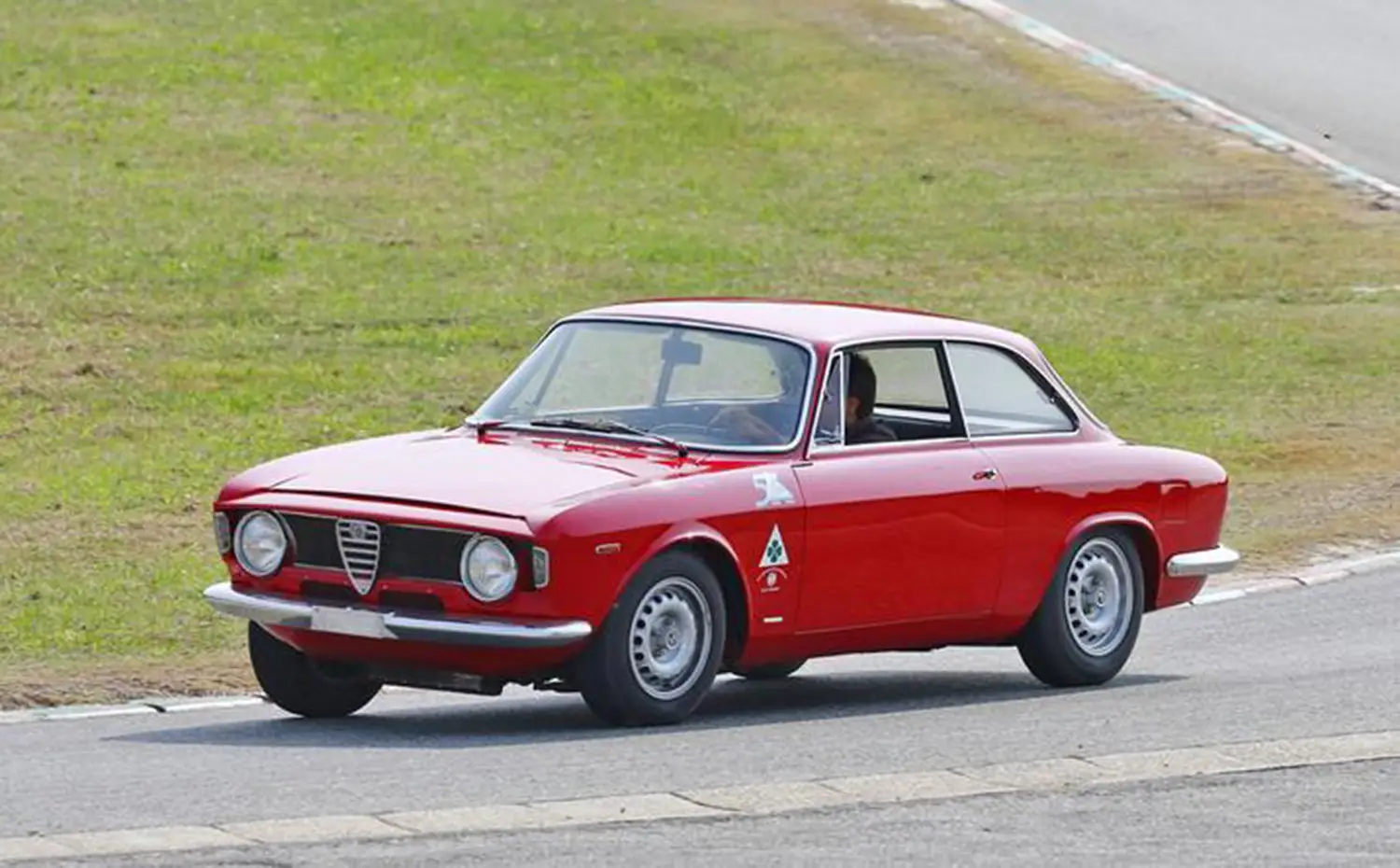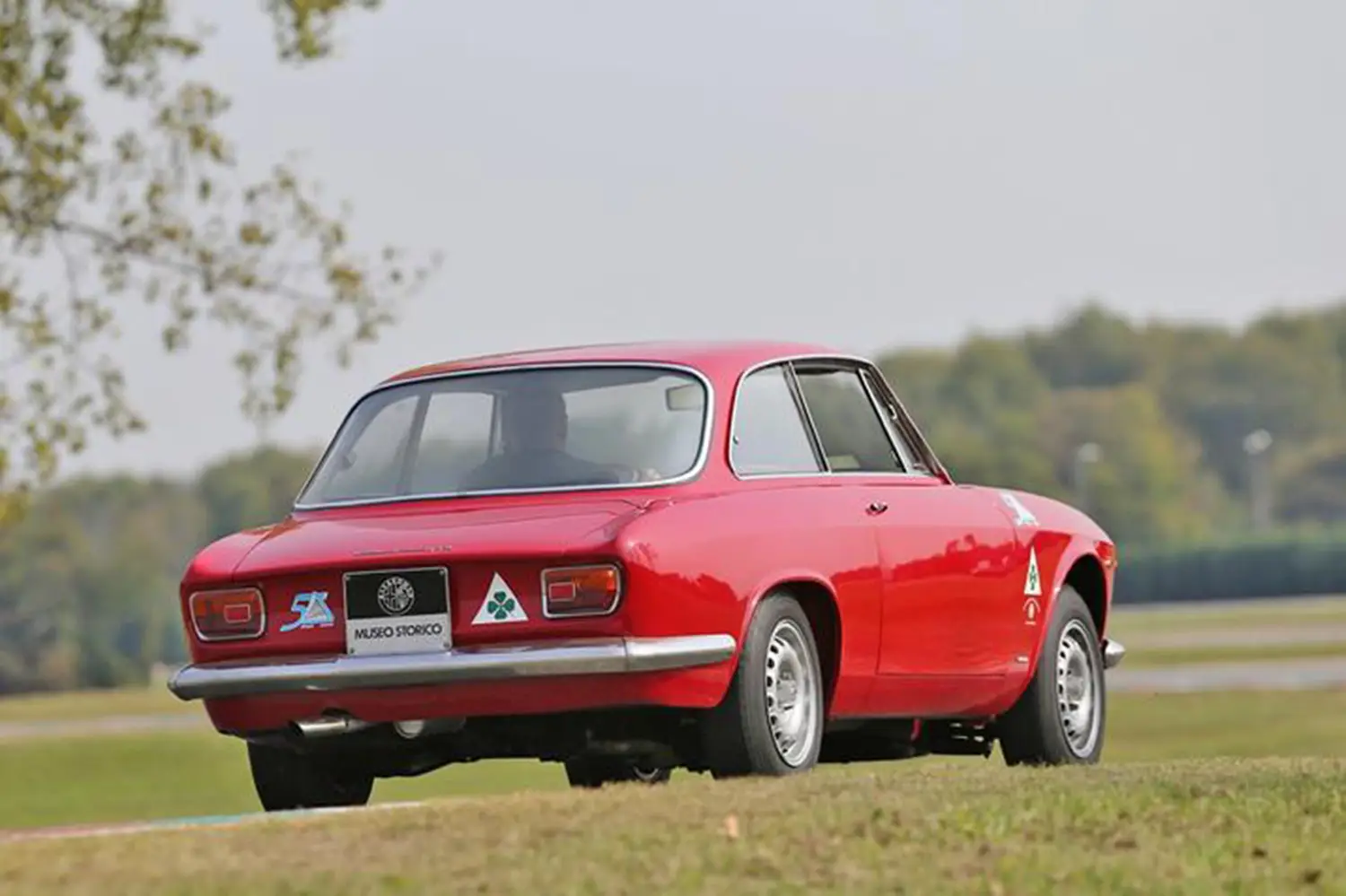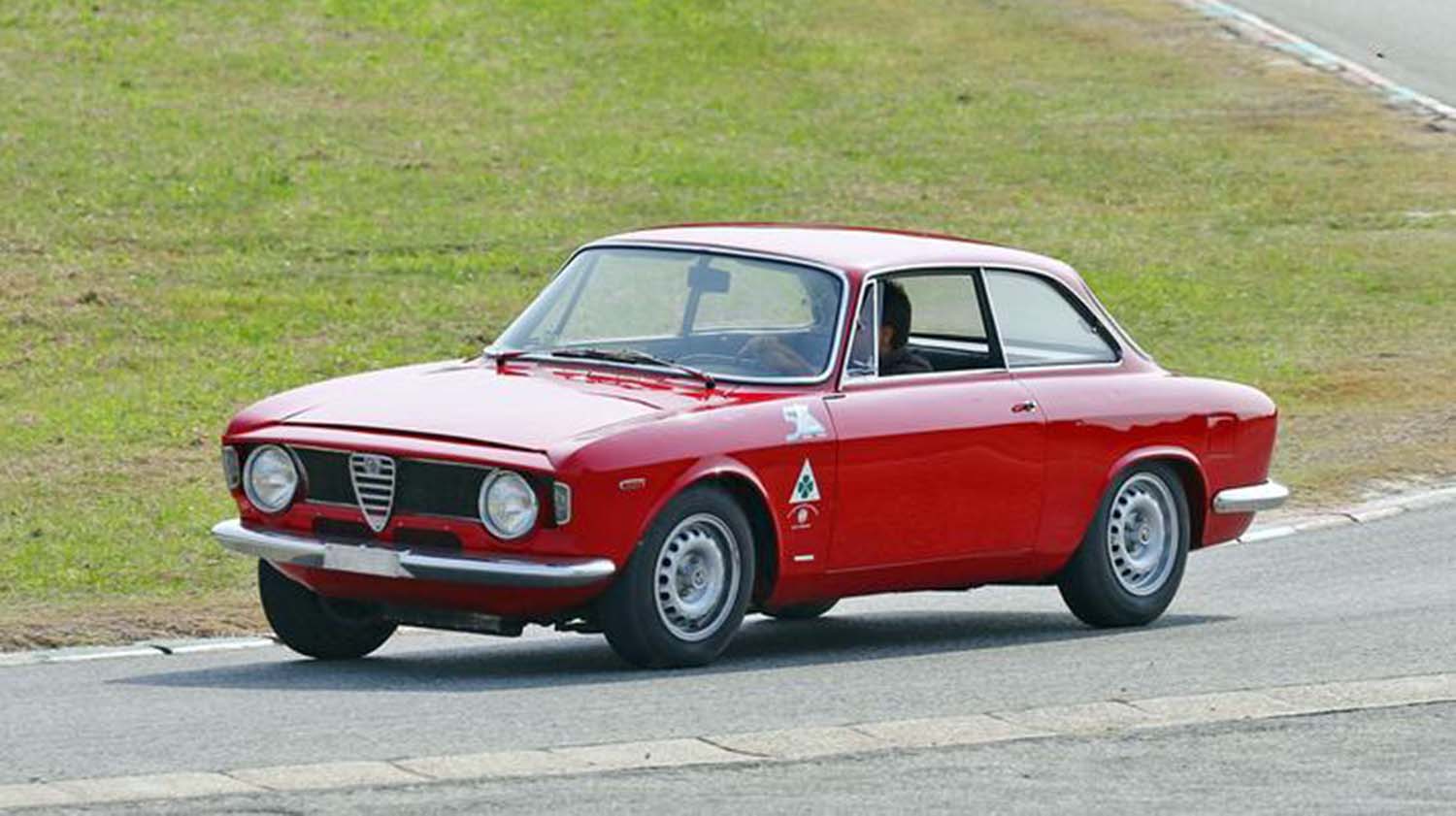
Some cars earn respect through power, others through innovation. The 1965 Alfa Romeo Giulia Sprint GTA managed both. It wasn’t built to impress in showrooms, it was built to win races. As part of Alfa’s deep racing heritage, the Giulia Sprint GTA became one of the most significant homologation specials ever created.
Origins of the 1965 Alfa Romeo Giulia Sprint GTA
By the mid-1960s, Alfa Romeo had already proven its engineering strength through competition. But the company wanted a lightweight, high-performance version of the Giulia Sprint GT that could compete in European touring car championships. The result was the GTA, the “A” standing for “Alleggerita,” meaning “lightened” in Italian.
Built by Autodelta, Alfa’s racing division, the GTA looked almost identical to the standard Giulia Sprint GT at first glance. But underneath the familiar Bertone-designed body, nearly everything had been re-engineered for competition.
Lightweight Innovation and Design
The biggest transformation came from its construction. Instead of standard steel panels, the 1965 Alfa Romeo Giulia Sprint GTA used aluminum alloy for the doors, hood, and trunk lid. Even the inner steel structure was thinner to save weight. This reduced the overall mass from around 2,200 pounds to roughly 1,640 pounds, an astonishing figure for the time.
The use of magnesium components extended beyond the body. The wheels, cam cover, and even some engine parts were crafted from the lightweight metal. Combined with simplified interior trim and thinner glass, the GTA embodied the essence of functional minimalism. Every gram saved meant better handling and quicker acceleration.
Engine and Performance
Under the hood, the 1965 Alfa Romeo Giulia Sprint GTA carried a 1.6-liter twin-cam four-cylinder engine. Though similar to the standard Giulia’s powerplant, the GTA’s unit featured twin spark plugs per cylinder, larger carburetors, and a new cylinder head. In road trim, it produced around 115 horsepower. The racing versions tuned by Autodelta reached up to 170 horsepower.
Paired with a five-speed manual gearbox and rear-wheel drive, the GTA delivered both agility and speed. Its lightweight frame and sharp steering gave it superb balance, making it a favorite among skilled drivers. On track, it became a dominant force, clinching victories in the European Touring Car Championship and various national series.
Heritage and Racing Success
The 1965 Alfa Romeo Giulia Sprint GTA quickly became a benchmark for touring car performance. Its combination of engineering precision, lightness, and balance proved difficult for rivals to match. It also marked the start of a winning era for Alfa Romeo that continued well into the 1970s.
Beyond the trophies, the GTA left a lasting legacy. It influenced how performance road cars were engineered, balancing light weight with mechanical sophistication. Even decades later, its approach to performance through efficiency rather than brute force feels remarkably modern.
Summary
The 1965 Alfa Romeo Giulia Sprint GTA wasn’t just another variant, it was a statement of intent. It showed that racing success came from innovation, not excess. With its aluminum body, twin-plug engine, and timeless design, the GTA became an icon of Italian motorsport. Nearly 60 years on, its influence still echoes through every lightweight, driver-focused machine that follows.
Disclaimer: Content on this site is for informational purposes only. Vehicle specs, pricing, and availability may change. Always verify details with official sources before making decisions. Opinions are those of the authors.
Source: Stellantis

